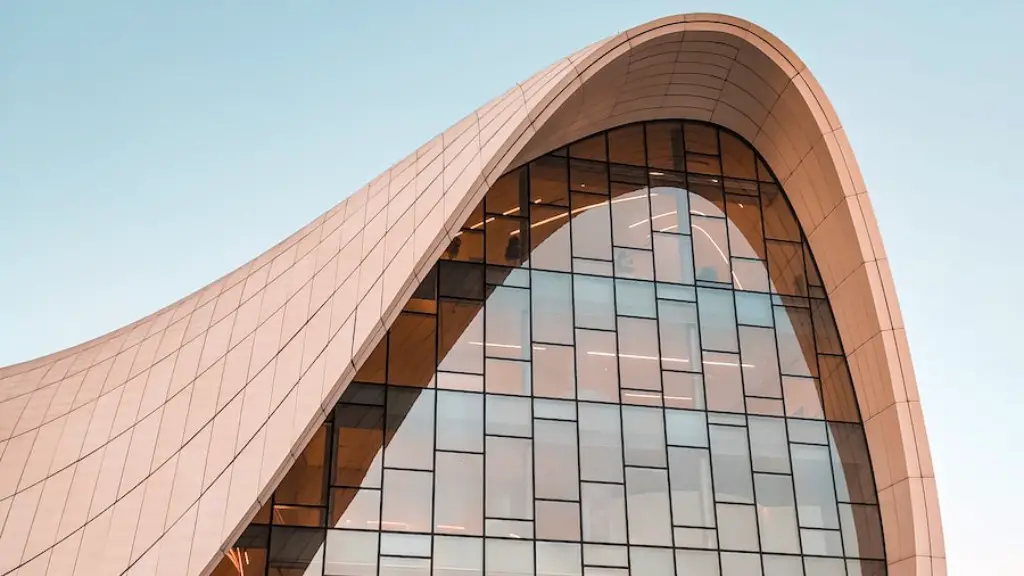Architecture is an art form, an expression of the cultural and social history and values of a given time. While it’s a complex mix of elements, it all starts with the very basic building blocks of design. While architects are trained in a variety of disciplines, the fundamentals of architectural design are founded on what’s called basic design.
Basic design, or first-level design, typically refers to the initial stages of planning a structure before getting into specifics. It’s the foundation of any architectural project, including deciding the overall form, scale, main materials, and organization of a building or structure.
That’s not to say there’s any one way to do it. As in any field, there are a variety of approaches and philosophies, which allow architects to develop their own style. Understanding the core basics of design, however, is an essential component of success.
Designing in this first-level consists of several different focal points. Every project requires analyzing the structural requirements for safety, security and stability. Additionally, basic design involves developing the concept that speaks to the soul and sets the design apart from the rest. It’s during this stage when complementing one another, to ensure every aspect of the building works cohesively.
One of the foremost aspects of basic design is answering why it exists. Why does this building need to exist? What purpose is it serving? Who’s it meant to benefit? As base-level knowledge, this helps guide everything else.
In the end, architecture is an art form. What it is made of, how they put it together, should work together to make something unique, something beautiful. But, none of this can truly be accomplished unless the fundamentals of basic design are in place. This sets the stage for any project, ensuring it’s sound enough to progress further.
Core Principles
Ultimately, basic design rises and falls on the core principles of functional, aesthetic and constructive design. The functional element considers what purpose a building needs to provide. What does it need to do, and just as important, what does it need to not do? Is it a residence, a place of learning, a place of worship? Figuring out the purpose will help inform the design process.
The aesthetic element focuses on what it looks like. Will it be modern, classic or a hybrid style? What combination of materials, textures and surfaces should be used? Ultimately, this is the visual identity that will be displayed to the outside world.
And finally, constructive design focuses on the nuts and bolts of the project. It needs to hold weight and withstand the elements. And, it needs to be constructed well enough to last for many years to come. All of this needs to be considered to develop a safe and secure building that lives up to design expectations.
Contemporary Design Stands
Advances in technology have drastically altered the way design is done in architecture. That said, the underlying fundamentals of basic design remain unchanged. Yes, computers can now calculate stress loads and engineering allows us to construct far faster and better, but the overarching concept of functional, aesthetic and constructive design is still the bedrock of all building.
In recent years, there’s been a surge of creativity inspired by modern design tools. Architects now can explore more daring designs, while staying within the power of the structure to support their plans. As such, contemporary style structures possess a unique blend of style and practicality, many of which wouldn’t have been attempted in the past.
The Benefits of Basic Design
Aside from providing the foundation for all projects, there several benefits to understanding the basics of design. For one, architects can ensure their structures are in harmony with their respective environment. From the design to the choice of materials, the building can be naturally influenced by the local ecosystem.
Additionally, projects can also be designed to respond to the needs and values of the local community. For example, if a project is located in a windy area, the structure can be designed to utilize airflow to reduce the need for heating or cooling the space. Similarly, if the area is very sunny, the design can incorporate large windows that allow natural light to reduce electricity costs.
Conclusion
At its core, basic design is the basis for any architectural project. Despite the advancements in technology, core principles remain unchanged and as valid today as they were centuries ago. Successful architecture rises and falls on the basics of design and can serve the community in a way that speaks to the area’s values and helps the environment. Above all, when the intricate parts of architecture are composed together, it’s the basic design that provides the foundation to produce something both safe and soul-stirring.



